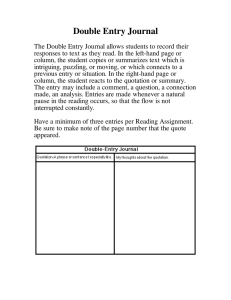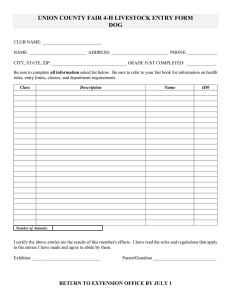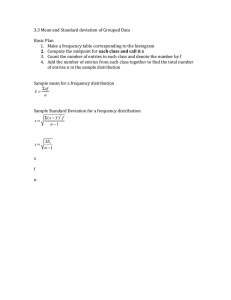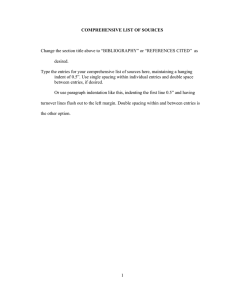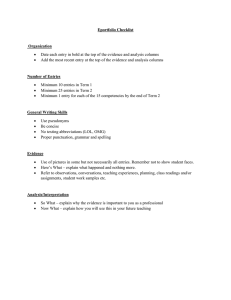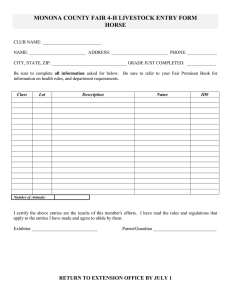Literature Analysis: Foster's 'How to Read' & 'The Alchemist'
advertisement
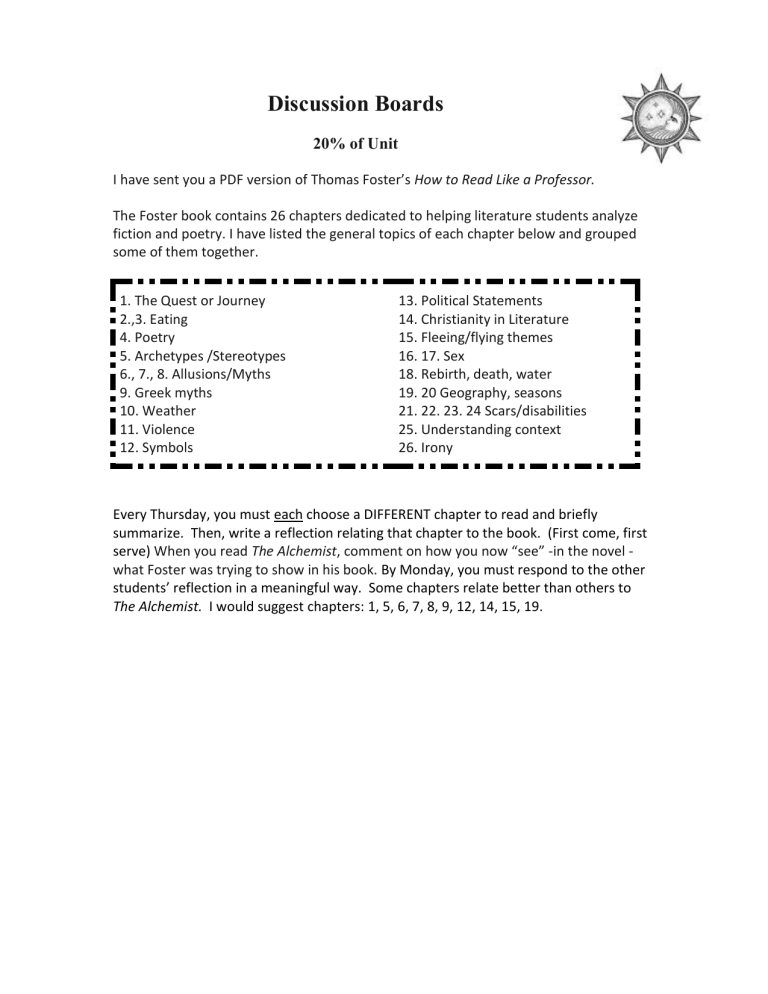
Discussion Boards 20% of Unit I have sent you a PDF version of Thomas Foster’s How to Read Like a Professor. The Foster book contains 26 chapters dedicated to helping literature students analyze fiction and poetry. I have listed the general topics of each chapter below and grouped some of them together. 1. The Quest or Journey 2.,3. Eating 4. Poetry 5. Archetypes /Stereotypes 6., 7., 8. Allusions/Myths 9. Greek myths 10. Weather 11. Violence 12. Symbols 13. Political Statements 14. Christianity in Literature 15. Fleeing/flying themes 16. 17. Sex 18. Rebirth, death, water 19. 20 Geography, seasons 21. 22. 23. 24 Scars/disabilities 25. Understanding context 26. Irony Every Thursday, you must each choose a DIFFERENT chapter to read and briefly summarize. Then, write a reflection relating that chapter to the book. (First come, first serve) When you read The Alchemist, comment on how you now “see” -in the novel what Foster was trying to show in his book. By Monday, you must respond to the other students’ reflection in a meaningful way. Some chapters relate better than others to The Alchemist. I would suggest chapters: 1, 5, 6, 7, 8, 9, 12, 14, 15, 19. Discussion Board Rubric 4 3 2 1 a timely fashion, giving others an opportunity to respond. Entries re made in a timely fashion, giving others an opportunity to respond. 1 entry was not done on time More than one entry was not done on time. Entries give a critical analysis of the book in light of a thorough understanding of How to Read Like a Professor with wellchosen and specific references to both texts. Entries give a thoughtful analysis of the book in light of a good understanding of How to Read Like a Professor with wellchosen and specific references to both texts. Entries make accurate but limited connections between the book and How to Read Like a Professor with at least one specific connection to each text. Entries make superficial connections between the book and How to Read Like a Professor. Makes no connection to one or more of the texts. Makes thoughtful connections that provoke further conversation. Makes meaningful connections. Makes limited connections. Repeats what has already been said. Accurately summarizes most main ideas of text in own words. Accurately captures most main an idea of text but uses the author’s own words often. Ideas are missing or inaccurate and/or mainly use the same phrasing as the text. Responsibility Entries are made in 1. 2. 3. Entries 1. 2. 3. Responses 1. 2. 3. Summaries 1. 2. 3. Accurately and succinctly summarizes main ideas of text in own words.
